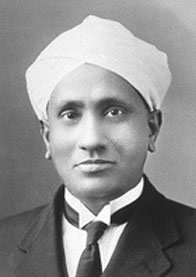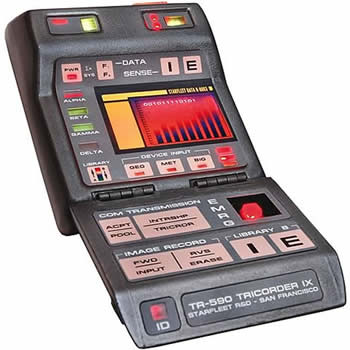|
|
Your Details
|
|
Your Details
|
Reviewed By Andreas Zabczyk
Raman Spectroscopy
Sir C.V. Raman
In the fictional universe of Star Trek, a sophisticated handheld device called a tricorder is used as a sensor and data analysis tool by the Starfleet crew. It can analyze unfamiliar environments, diagnose disease in a lifeform, and provide engineering information about the state of a starship. Although the tricorder clearly belongs to the realms of science fiction, scientists are trying to develop a tricorder-like device to identify gemstones and minerals. The technology will be used by NASA; the American space program, in their 2009 Mars Rover spacecraft. It will eventually be used by mineralogists and gemologists. The system uses a technique called Raman spectroscopy to detect a mineral's unique fingerprint. The Raman effect was first discovered in 1928 by Sir C. V. Raman, an Indian scientist who was awarded the Nobel Prize in 1930 for his discovery. The Raman effect occurs when monochromatic light impinges upon a molecule and interacts with the electron cloud of the bonds of that molecule. The subsequent excitation results in a scattering of light in a pattern distinctive to the transmitting substance. Since each material has its own distinguishing spectral pattern, the Raman effect can be used as a tool of identification. 
Star Trek Tricorder
Unlike other methods of identifying minerals, a Raman spectrometer does not require destructive sampling. It shoots a laser beam at the sample and then analyses the weak light emitted to measure the spectrum of the Raman effect. Scientists in the USA have been compiling a database of Raman spectra for 4,000 different minerals. When the database is complete it will eventually be incorporated in a handheld device that can be pointed at any mineral. Comparing the observed Raman spectra with the database will return a quick identification. Raman spectroscopy is only one kind of spectroscopy. It should not be confused with the traditional spectroscopes used in gemology to determine absorption spectra for different kinds of translucent gemstones. These spectroscopes typically use white light, rather than lasers. There are also more sophisticated forms of spectroscopy such as gamma-ray spectroscopy, which can be used to identify laboratory-irradiated gemstones. |
